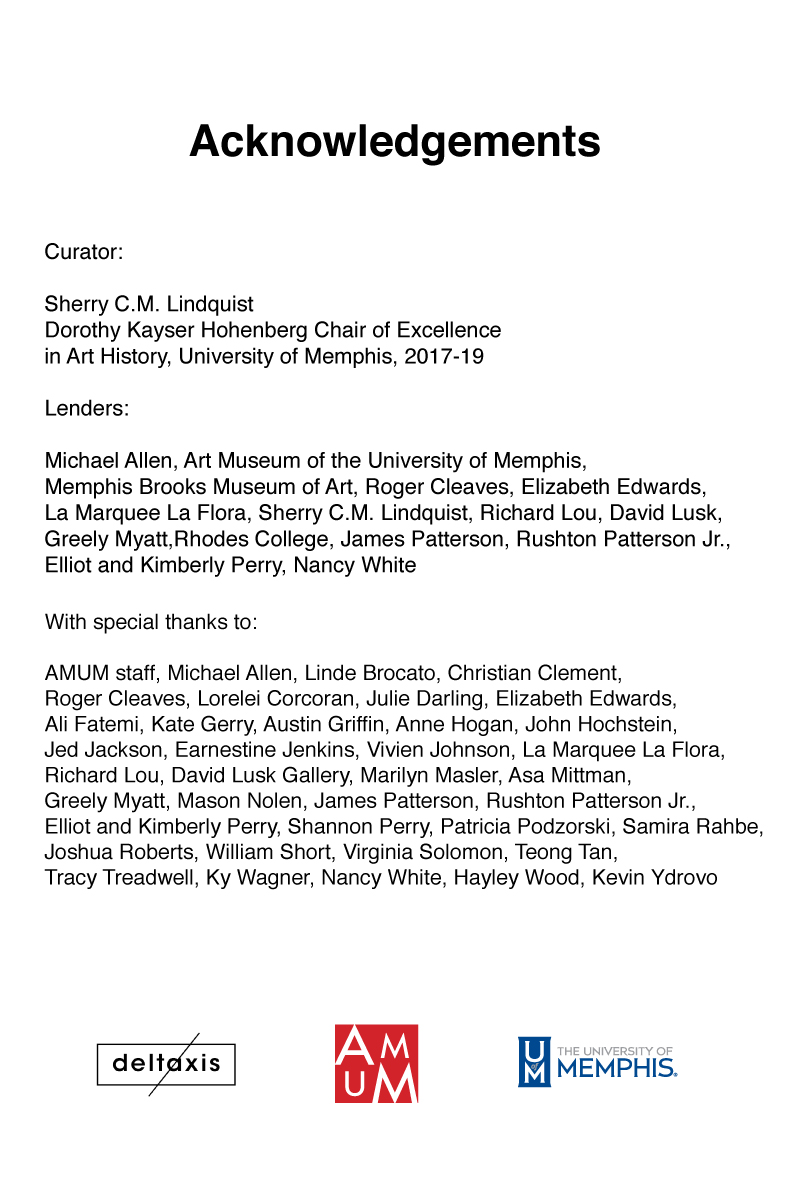Monster Marks / catalogue here
No human culture has been without art or monsters. And yet, both of these elusive words are open for interpretation (What is art? What is a monster?). Art and monsters express things beyond themselves: sometimes concrete things or persons, sometimes abstract concepts, emotions, philosophies, or ideologies. Monsters stimulate the imagination and make us think productively about the unknown and uncontrollable. But notions of the monstrous also figure into attempts to shut down debate and stigmatize others.
Monster Marks is not meant to be comprehensive or representative of monsters and the monstrous in contemporary art, art history, or the public imagination. Instead, this experimental exhibit reflects efforts by faculty, staff, and students at the University of Memphis, as well as local artists, collectors, and other institutions to identify thematically relevant works, and even to create them. This broad theme enables us to consider art in Memphis collections in new ways, to glean insight from unexpected juxtapositions, and to perceive meaningful connections with current concerns.
What are Monsters?
Monsters are difficult to define. As the novelist China Miéville wrote in his "Theses on Monsters," "Any bugbear that can be completely parsed was never a monster, but some rubber-mask-wearing Scooby-Doo villain."
Monsters provoke emotional reactions. We know something is a monster because it makes us feel fear, hatred, awe. When we perceive ourselves safe from their threat, we might also feel wonder, or even delight.
Monsters defy categories. If we don't have a word for it, a fearsome thing might be a monster. Monsters are often hybrid in nature. They can be disturbing combinations of human and animal, animal and god, human and god. Or all three.
Monsters are culturally specific. Our monsters are not the same as your monsters or their monsters. Monsters are powerful cultural expressions that can be misused. Humans often use the vocabulary of the monstrous to stereotype and demonize enemies, foreigners, and disenfranchised populations.
Monsters can make us think. We conjure them at the borders of the familiar. By contemplating these products of the human imagination, we can learn to face our fears, and find inspiration in what we don't yet know.
View real-time images on our Instagram feed!
A post shared by AMUM (@artmuseum_um) on

